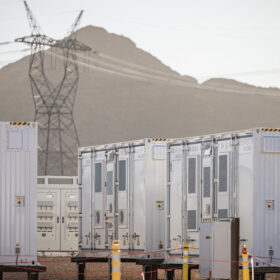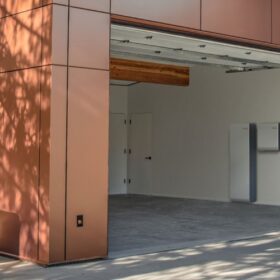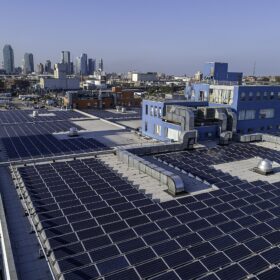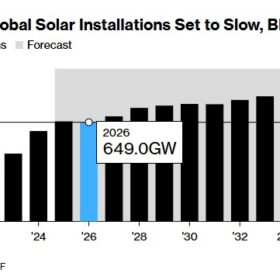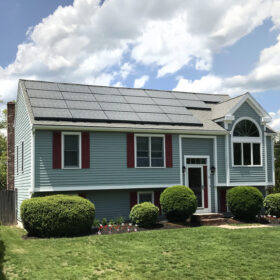Massachusetts awards 1.3 GW in landmark energy storage tender
The Commonwealth has selected four storage projects, including a redevelopment of a former oil terminal, as it marks its first major procurement towards a 5 GW storage mandate.
Demand diligence from U.S. battery integration
Tariffs continue to reshape the U.S. storage market. Rising costs for overseas systems have created new incentives to integrate equipment domestically, and many developers are turning to US firms to assemble battery systems. Integration capacity can scale faster than battery cell manufacturing, but not without risk. Unlike cell plants, where automated processes keep variations in check, battery assembly and integration depends on people, as Jeff Zwijack from Intertek CEA explains.
The journey of urban microgrids: From backup to backbone of city resilience
Integrating microgrids through advanced management systems transforms isolated backup power into a dynamic, interconnected foundation for urban grid resilience and stability.
New Jersey offers incentives for up to 65 MW of agrivoltaics projects
The Rutgers University rural agrivoltaics program has advised New Jersey regulators on the design of a pilot agrivoltaics program. Projects receiving support will need to track data on agricultural production on fields with and without solar installations.
The installer-customer mismatch on residential battery motivations
While resilience remains a key driver for homeowners to adopt residential battery storage, it’s not as high on the priority list for most customers as many installers believe.
T1 Energy announces 900 MW U.S. solar module supply deal with Treaty Oak Clean Energy
The company signed a three-year deal to supply solar modules assembled from its U.S.-manufactured solar cells.
New York Power Authority renewables plan shows financial challenges for building solar
The levelized cost of building a solar project in New York far exceeds the expected revenue from selling solar power, says a NYPA plan, with project success potentially depending on the sale of renewable energy credits at a satisfactory price.
BNEF sees 2026 solar slowdown with China slowing, the world growing
After peaking at 372 GW of solar deployed in China in 2025, BNEF sees a decline to 341 GW in 2026, leading to the first potential global slowdown in two decades, even as deployments outside China rise above 300 GW.
In case you missed it: This week’s top five solar news stories
pv magazine USA spotlights news of the past week including market trends, project updates, policy changes and more.
People on the move: Solar Alliance Energy, Nala Renewables, Talen Energy and more
Job moves in solar, storage, cleantech, utilities and energy transition finance.

